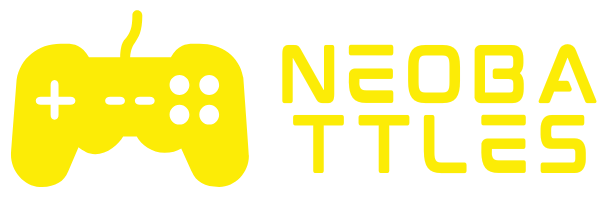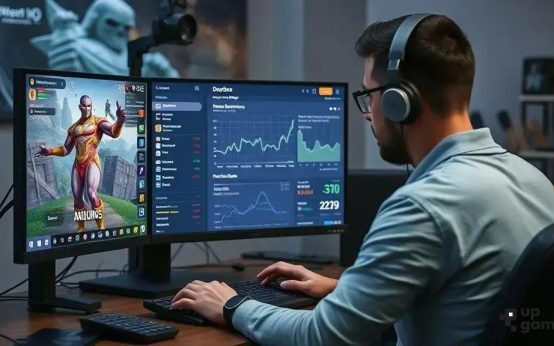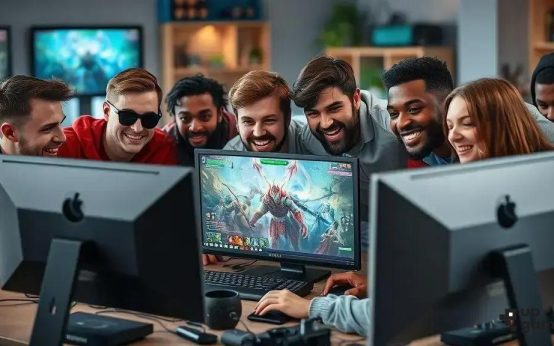The Rise of Blockchain and NFTs in Gaming introduces secure ownership of in-game assets, enables player-driven economies, and fosters new earning models while facing challenges like environmental impact and regulatory uncertainties.
The Rise of Blockchain and NFTs in Gaming has turned heads in recent years, mixing technology with gameplay in ways we’re just beginning to grasp. Have you wondered how blockchain and NFTs could change the way you play and own digital assets? Let’s dive into this blend of finance, art, and entertainment that’s reshaping gaming landscapes.
understanding blockchain technology in gaming
Blockchain technology in gaming is a digital ledger that records transactions across many computers, making it secure and transparent. Unlike traditional databases, blockchain ensures that game data like ownership, items, and transactions cannot be altered easily.
In gaming, blockchain allows for true ownership of in-game assets. Players can buy, sell, or trade items securely without relying on the game developer’s control. This transparency builds trust, as all actions are verifiable on the blockchain.
Key Features of Blockchain in Gaming
Decentralization: Data is stored across multiple nodes, reducing risks of hacking or data loss.
Immutability: Once recorded, transactions can’t be changed, securing player assets and game history.
Smart contracts: These are self-executing contracts with rules written into code. They automate trades and gameplay conditions, removing the need for intermediaries.
By integrating blockchain, games create a new level of player empowerment, opening possibilities for new game designs and economies.
how NFTs create new player ownership models
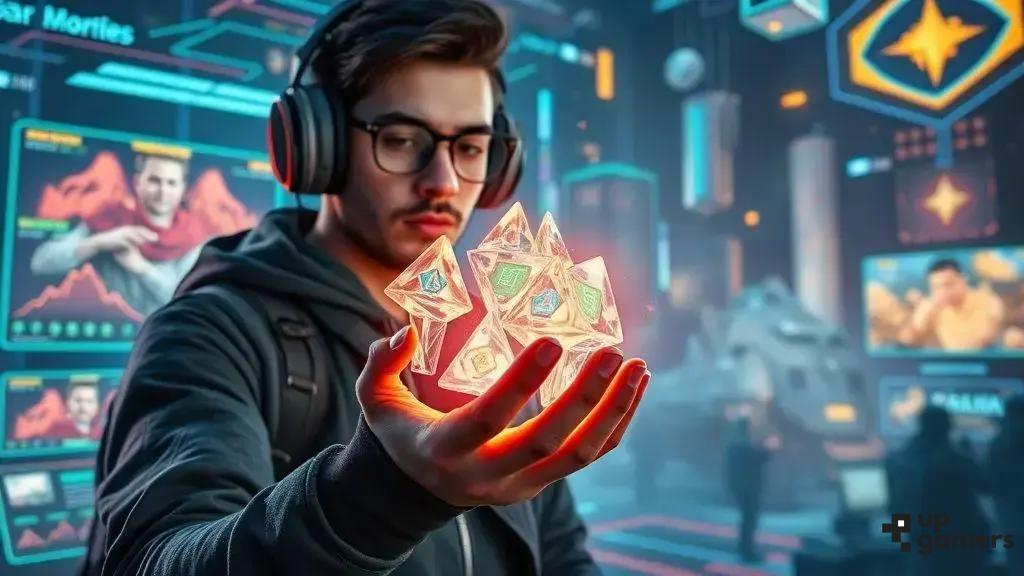
NFTs, or non-fungible tokens, have transformed player ownership by assigning unique, verifiable proof of ownership to digital items within games. Unlike traditional items locked in a game, NFTs allow players to truly own, trade, or sell their assets outside the game environment.
This means that skins, weapons, characters, and other collectibles become digital assets stored securely on a blockchain. Each NFT has a unique identifier, making it impossible to counterfeit or duplicate.
How NFTs Empower Players
True ownership: Players can hold NFTs in personal wallets, outside the game’s control, giving more freedom and permanence.
Transferability: NFTs can be bought, sold, or traded on open marketplaces, creating real-world value for digital goods.
Interoperability: Some NFTs can be used across multiple gaming platforms, allowing players to take their assets to different games.
This ownership model changes the traditional dynamic, encouraging players to invest more time and money into games, knowing their assets hold lasting value.
economic impacts of blockchain and NFTs on gaming
The introduction of blockchain and NFTs in gaming has created new economic opportunities and challenges. One of the biggest changes is the emergence of player-driven markets where in-game assets have real-world value.
Monetization for players: Gamers can earn money by selling NFTs or participating in play-to-earn models. This shifts the traditional gaming dynamic where players spend money to play; now, they can make money while playing.
Game developers benefits: Developers can generate revenue from NFT sales, transaction fees, and ongoing royalties when assets are traded. This opens a sustainable income stream beyond initial game sales.
Market Volatility and Risks
The value of NFT assets can fluctuate wildly, creating risks for both players and developers. Speculation and hype can lead to bubbles that burst, impacting trust and the gaming economy.
Regulatory uncertainties: Many regions are still defining rules around blockchain assets, which could affect how NFTs and cryptocurrencies are used in games.
Despite these challenges, blockchain introduces transparency and security to transactions, which can help build more resilient and fairer gaming economies.
challenges and controversies around blockchain in games
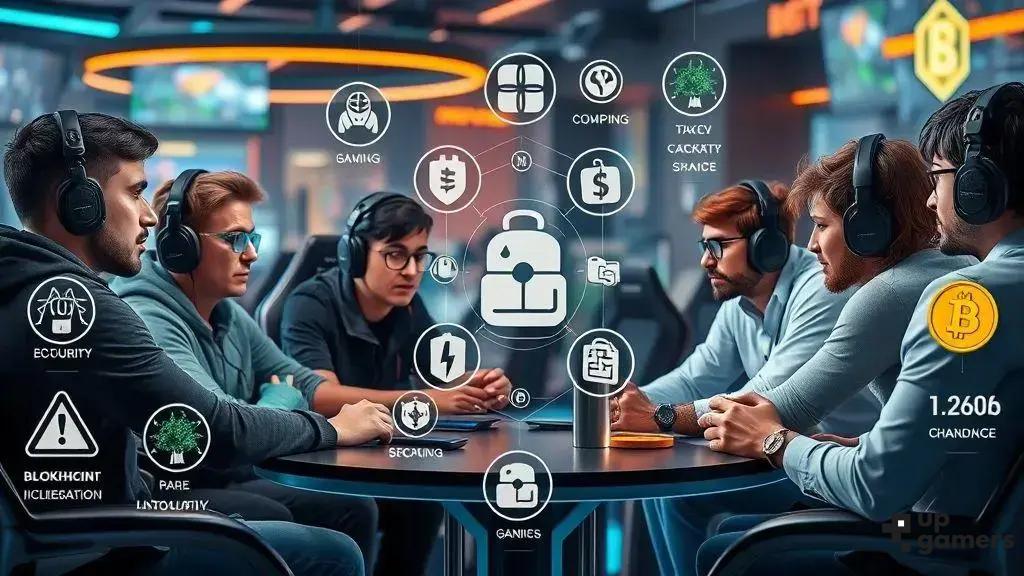
Blockchain integration in gaming brings innovation, but also significant challenges and controversies. One major issue is the environmental impact. Many blockchains, especially those using proof-of-work methods, consume large amounts of energy, raising concerns about sustainability.
Player resistance is another challenge. Some gamers oppose blockchain and NFTs, viewing them as money-focused trends that can harm the gaming experience. This leads to debates on the value and ethics of blockchain games.
Security and Scams
While blockchain is secure by design, the gaming space has seen scams and fraud involving fake NFTs and unauthorized token sales. Players must be cautious when trading or investing in digital assets.
Regulation uncertainty also poses a concern. Laws around cryptocurrency and digital assets vary globally, creating confusion for developers and players alike.
Moreover, the cost of entry can be high for some blockchain games due to NFTs or tokens needed to play, which can exclude casual gamers and create barriers.
Despite controversies, these challenges push the industry to find better solutions, balancing innovation with fairness, security, and environmental care.
future possibilities and innovations with blockchain gaming
Blockchain gaming opens the door to exciting future possibilities and innovations. One promising area is cross-game asset use, where players can transfer NFTs between different games, creating a seamless gaming experience. This could lead to shared virtual economies spanning multiple titles and platforms.
Another innovation is the expansion of play-to-earn models, where gamers earn cryptocurrency or NFTs as rewards. This turns gaming into a source of real income, especially in developing regions where access to traditional jobs may be limited.
Decentralized gaming platforms
Future games may run on decentralized networks that give players more control over game rules, updates, and content creation. This can foster community-driven development and reduce reliance on single companies.
Virtual reality and metaverse integration: Combining blockchain with VR could create fully immersive worlds where players not only interact but also trade, govern, and build economies with true ownership of digital assets.
Overall, blockchain gaming promises a future where players have more power, new ways to earn, and gaming becomes a richer, more connected experience.
The future of gaming with blockchain and NFTs
Blockchain and NFTs are changing how we play, own, and earn in gaming. These technologies give players more control and new ways to interact with digital worlds.
While challenges remain, the possibilities for innovation are vast. From cross-game assets to play-to-earn models and immersive virtual realities, blockchain gaming promises exciting opportunities.
As the industry grows, it’s clear that blockchain and NFTs will play a key role in shaping the games of tomorrow, making gaming more rewarding and connected for everyone.
FAQ – Common questions about blockchain and NFTs in gaming
What is blockchain technology in gaming?
Blockchain is a secure digital ledger that records transactions, allowing transparent and tamper-proof tracking of in-game assets and activities.
How do NFTs change player ownership in games?
NFTs provide unique, verifiable ownership of digital items, letting players buy, sell, or trade assets independently from the game developers.
What are the economic benefits of blockchain in games?
Blockchain enables play-to-earn models and player-driven marketplaces, allowing gamers and developers to earn real-world income through gaming activities.
What challenges do blockchain games face?
Challenges include environmental concerns, player resistance, risks of scams, regulatory uncertainties, and higher costs for entry.
Can blockchain assets be used across different games?
Some NFTs can be interoperable, meaning players can use their digital assets across multiple games and platforms in the future.
How might blockchain gaming evolve in the future?
Future innovations include decentralized game platforms, expanded play-to-earn systems, and integration with virtual reality and metaverse environments for immersive experiences.

